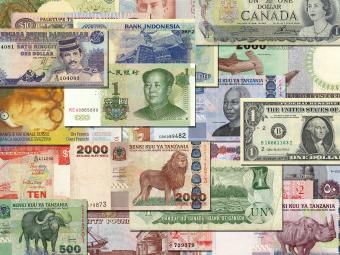Remittances
Recent Activity
Recent Activity
Most migrants living and working in developing countries come from other developing countries. Dilip Ratha and William Shaw of the World Bank analyze data on this type of migration, known as South-South, and estimate the amount of South-South remittances and their cost.
This report examines the ways in which governments can make the emerging global mobility system work better for European migrant-receiving countries, their developing-country partners, and the migrants themselves.
This report offers an intricate look at the slowdown in remittance growth experienced by Mexico in 2007 by comparing remittance flow figures among Mexican states, and highlights regions that may be particularly vulnerable to risks associated with remittance fluctuations.
This report identifies features of remittances that make them ideal leveraging agents for poverty reduction and migration management agendas, and proposes a four-part international research and policy agenda for maximizing the development impact of international remittances.
This report captures India’s exceptional growth in reported remittances over the 15-year period between 1990 and 2005. It explores the relative importance of these remittances in India’s economy, and then identifies factors responsible for this exponential gain.
India receives more remittances than any other country in the world. MPI's Muzaffar Chishti explores the factors responsible for remittance growth in the last 15 years.
A number of governments and institutions are determined to ride international migration toward a future of greater prosperity. MPI's Kathleen Newland outlines what they all should know about the pluses and minuses of the most basic issues that frame the debate on migration and development: remittances and the brain drain.






